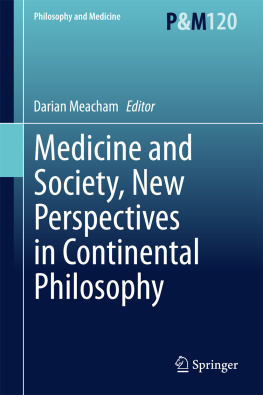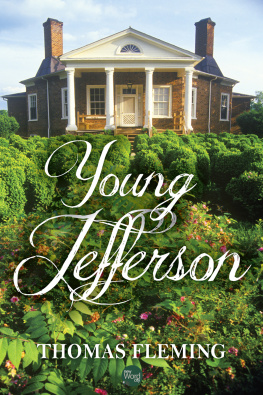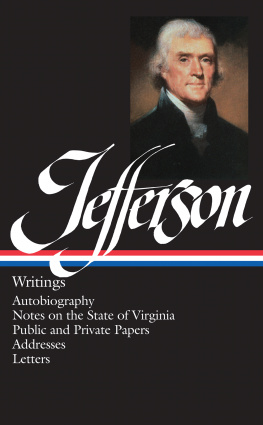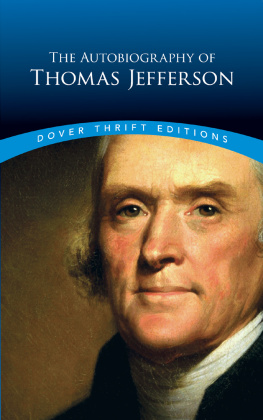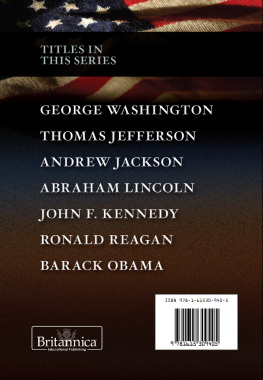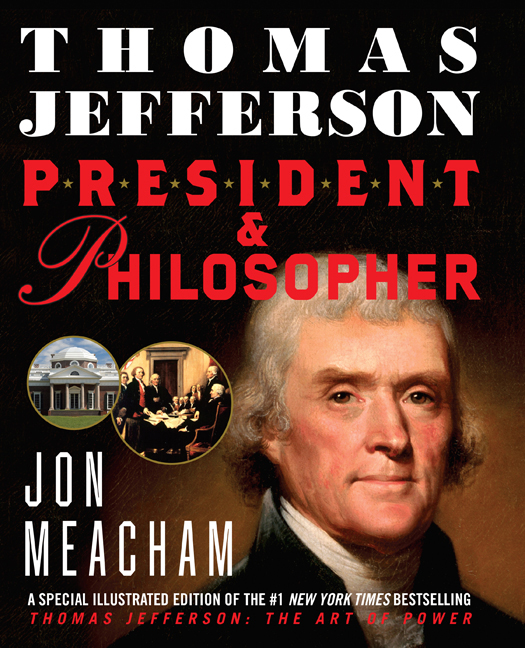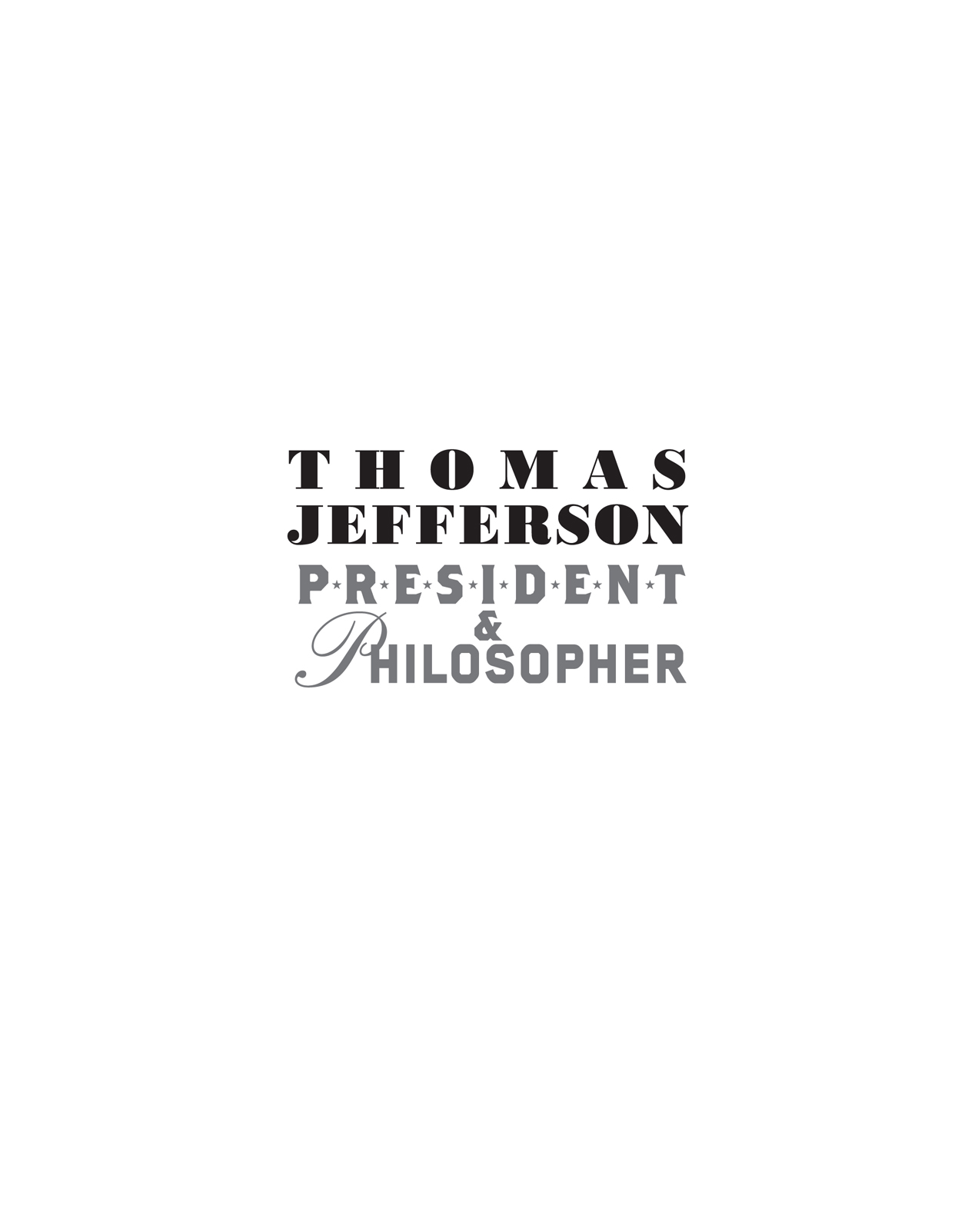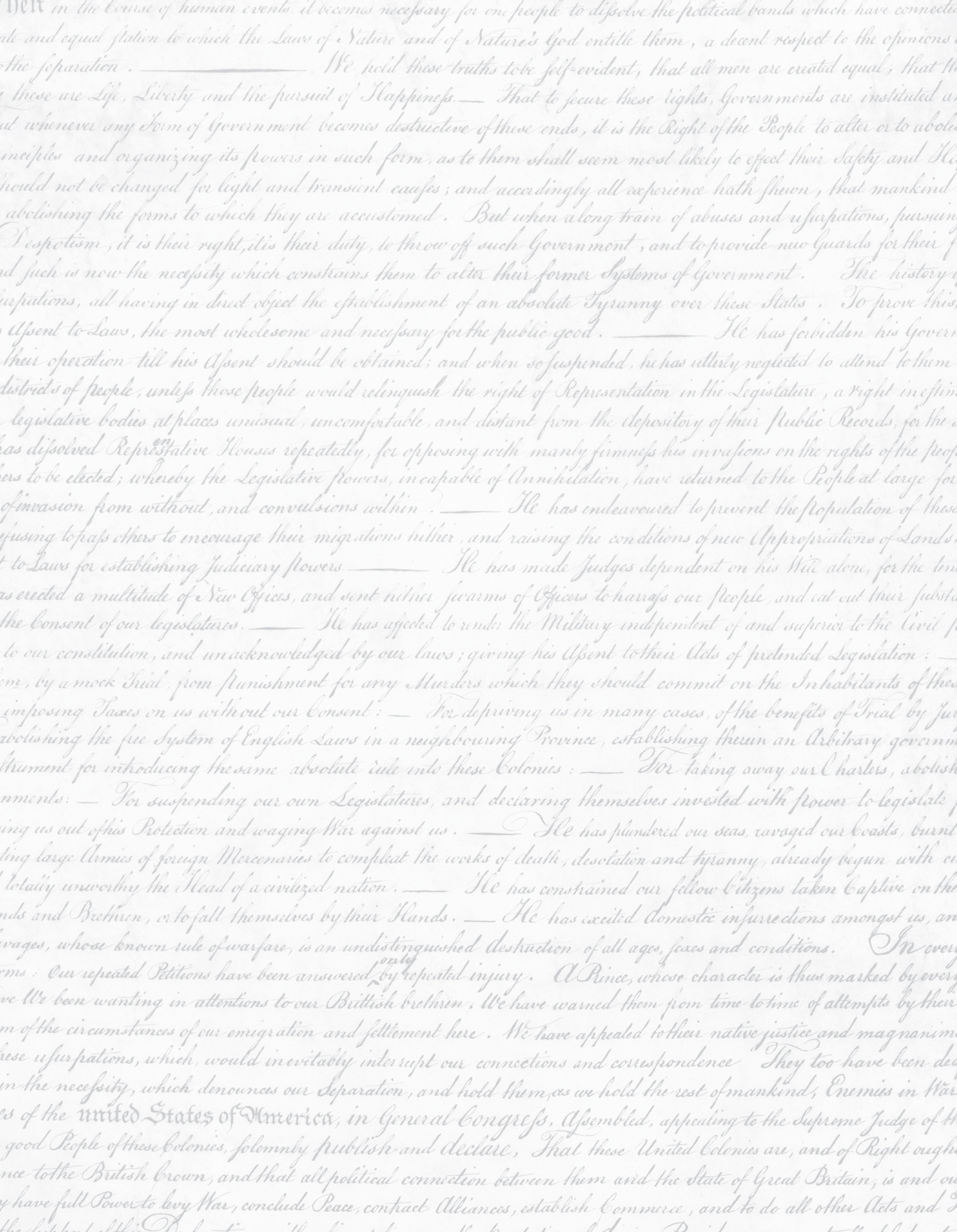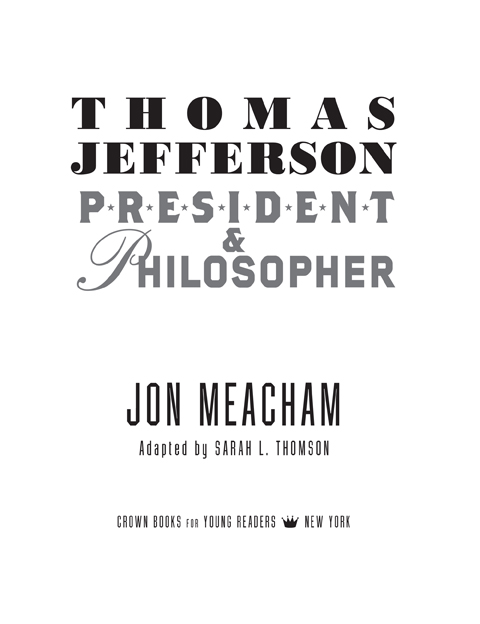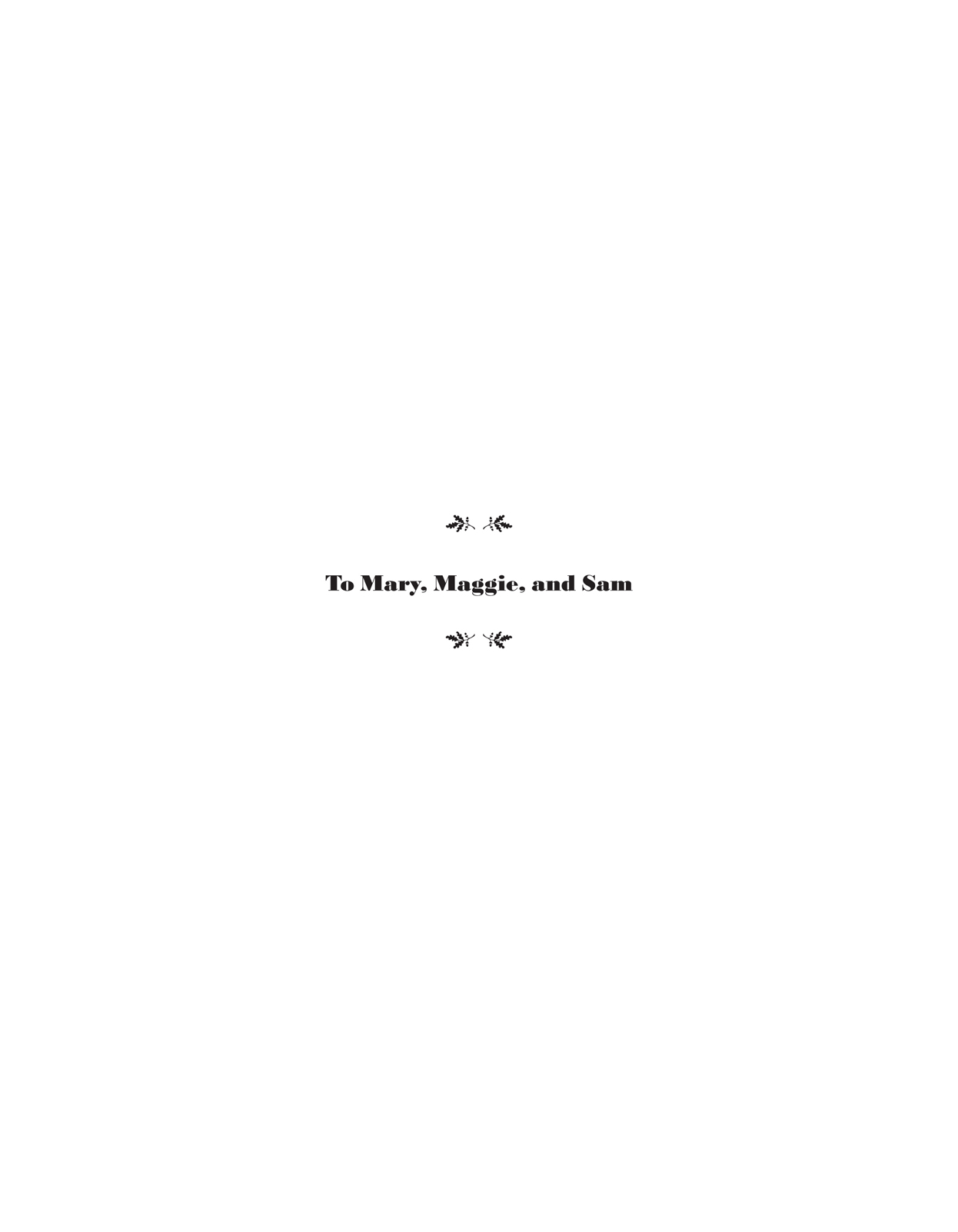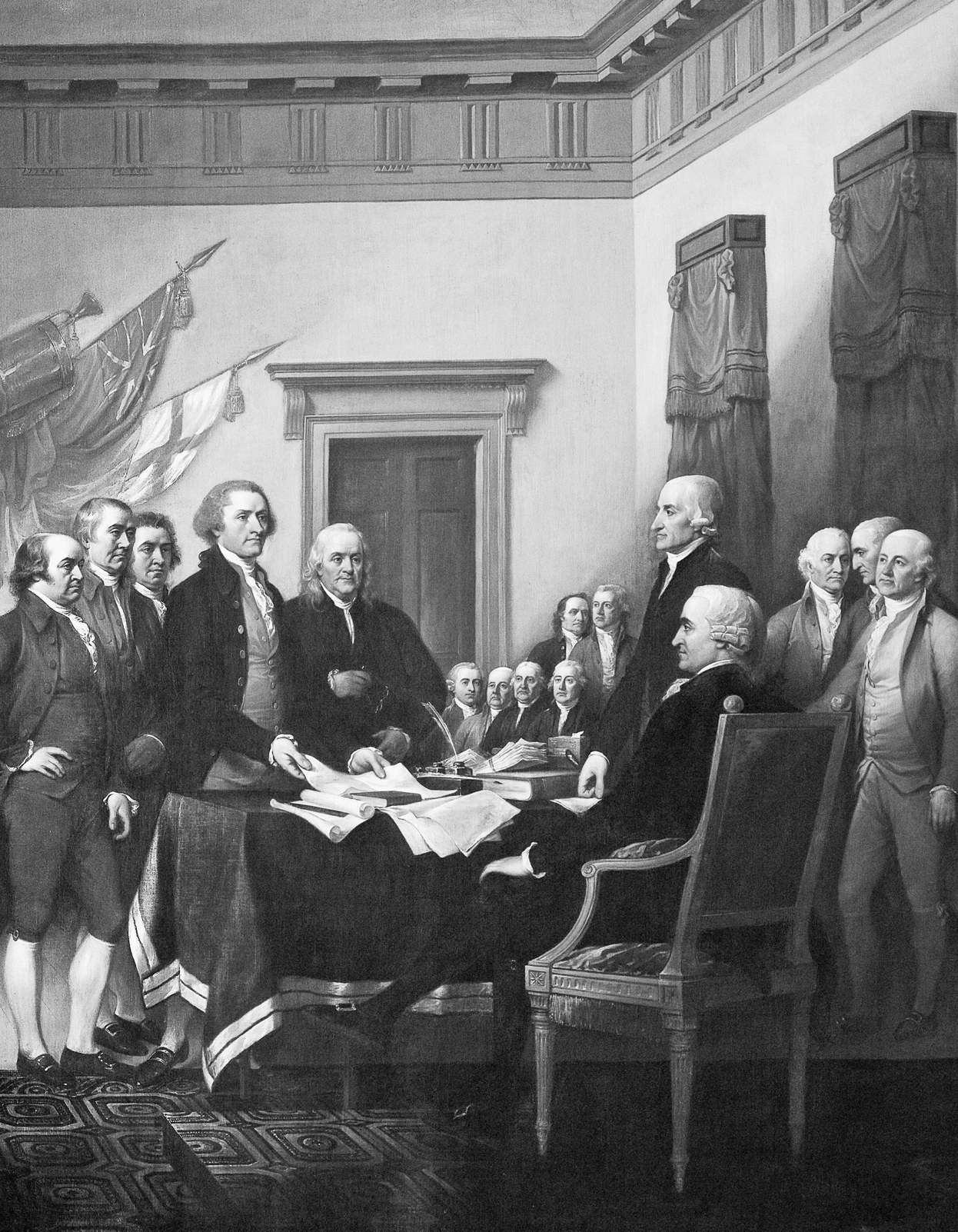Text copyright 2014 by Jon Meacham
Jacket photographs: Rembrandt Peale, portrait of Thomas Jefferson (detail), 1800 (Gift of Mr. and Mrs. Paul Mellon/White House Historical Association/White House Collection); photograph of Monticello Martin Falbisoner; Declaration of Independence by John Trumbull, 1818, Rotunda of the U.S. Capitol/Architect of the Capitol; Thomas Jefferson, 1791, by Charles Willson Peale, Independence National Historical Park Collection, Philadelphia
Illustration credits appear in the Illustration Credits section.
All rights reserved. Published in the United States by Crown Books for Young Readers, an imprint of Random House Childrens Books, a division of Random House LLC, a Penguin Random House Company, New York.
Crown and the colophon are registered trademarks of Random House LLC.
Visit us on the Web! randomhousekids.com
Educators and librarians, for a variety of teaching tools, visit us at RHTeachersLibrarians.com
Library of Congress Cataloging-in-Publication Data
Meacham, Jon.
Thomas Jefferson : president and philosopher / Jon Meacham.
pages cm.
Summary: In this special illustrated edition of the #1 New York Times bestselling Thomas Jefferson: The Art of Power by Pulitzer Prizewinning author Jon Meacham, young readers will learn about the life and political philosophy of one of our Founding Fathers. Provided by publisher.
ISBN 978-0-385-38749-1 (trade) ISBN 978-0-385-38750-7 (lib. bdg.) ISBN 978-0-385-38751-4 (ebook)
1. Jefferson, Thomas, 17431826Juvenile literature. 2. PresidentsUnited StatesBiographyJuvenile literature. 3. United StatesPolitics and government17831809Juvenile literature. I. Title.
E332.M478 2014 973.46092dc23 [B] 2013046973
Random House Childrens Books supports the First Amendment and celebrates the right to read.
v3.1
For his expert assistance, grateful acknowledgment to Herbert Sloan, professor of history at Barnard College and member of the advisory board of the Robert H. Smith International Center for Jefferson Studies
Dear Reader:
Thomas Jefferson once wrote a young relative: An honest heart being the first blessing, a knowing head is the second. Part of the power of Jefferson to fascinate us all these years distant is rooted in the equal attention this most versatile of our Founders paid to both heart and head, to soul and mind, to philosophy and politics. As those who read the following pages will find, Jefferson is one of the most complicated and riveting human beings who ever drew breath, and few people have left a larger and more enduring mark on the way we live now.
History can sometimes seem dry and distant. It shouldnt, because history, told well and taught properly, is the very human story of flawed people who, at their best, struggled amid the all-too-familiar difficulties of life to leave the world at least a slightly better place than they found it.
This edition of the book is heavily illustrated and includes new features to make the Jefferson sagaand the American sagamore accessible to younger readers. There is a family tree, a timeline of events, and special sections about Jeffersons inventions and writings.
When I was a child growing up in Chattanooga, Tennessee, I was already intrigued by history. My family lived on Missionary Ridge, the Civil War battlefield, and we could still find mini ballsbulletsthat had been fired there between Confederate and Union forces. For me, then, history was quite real, a tactile matter, and I read book after book on the American story, from Howard Fasts April Morning to Esther Forbess Johnny Tremain. Before long, I was consuming biographies of great leaders, including George Washington, Andrew Jackson, Abraham Lincoln, Winston Churchilland, yes, Thomas Jefferson.
I hope young readers will find this adaptation of my Jefferson biography to be an engaging tale about a man who did extraordinary things but was far from superhuman. I hope they come away understanding a bit more about how America came to beand what we can still become. I hope they see at least a bit of themselves in Jeffersonin his eclectic interests, his fascination with macaroni and with ice cream, with farming and with art, with inventions and with friendships.
The qualifications for self-government in society are not innate, Jefferson once wrote. They are the result of habit and long training. I mostly hope that this book will be just the beginning of a long, exciting, and diverting training in citizenship and historical passion for those who encounter Jefferson here for the first time. An early habit for history is a good thingand something of which Thomas Jefferson himself would heartily approve.
The presentation of the draft of the Declaration of Independence in 1776, as envisioned by artist John Trumbull.



